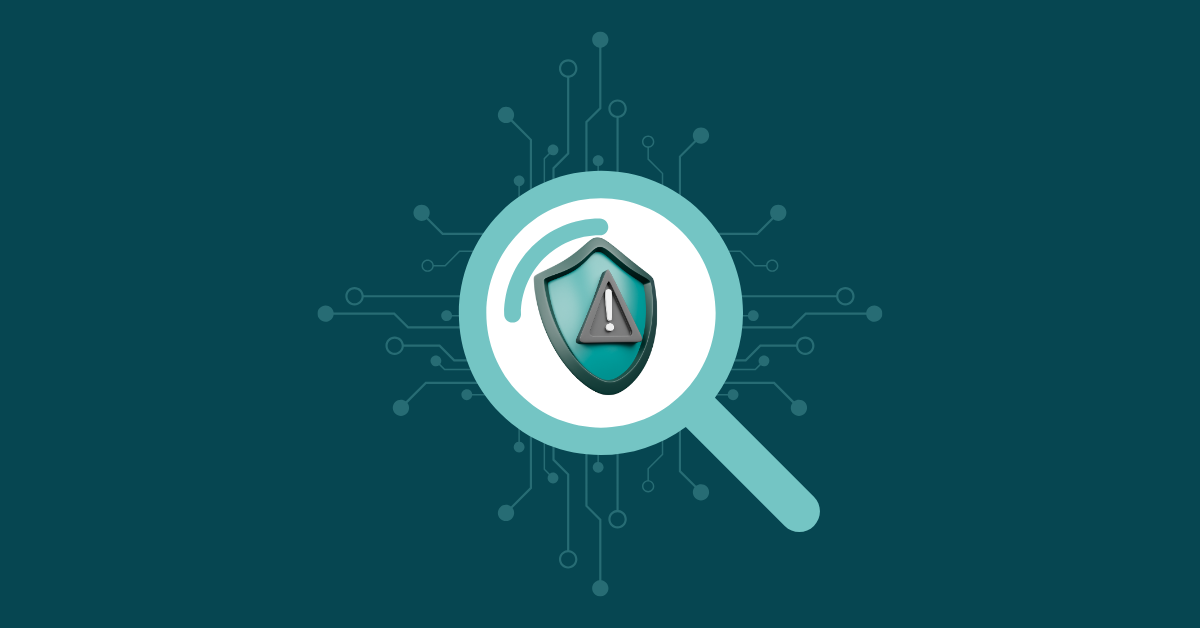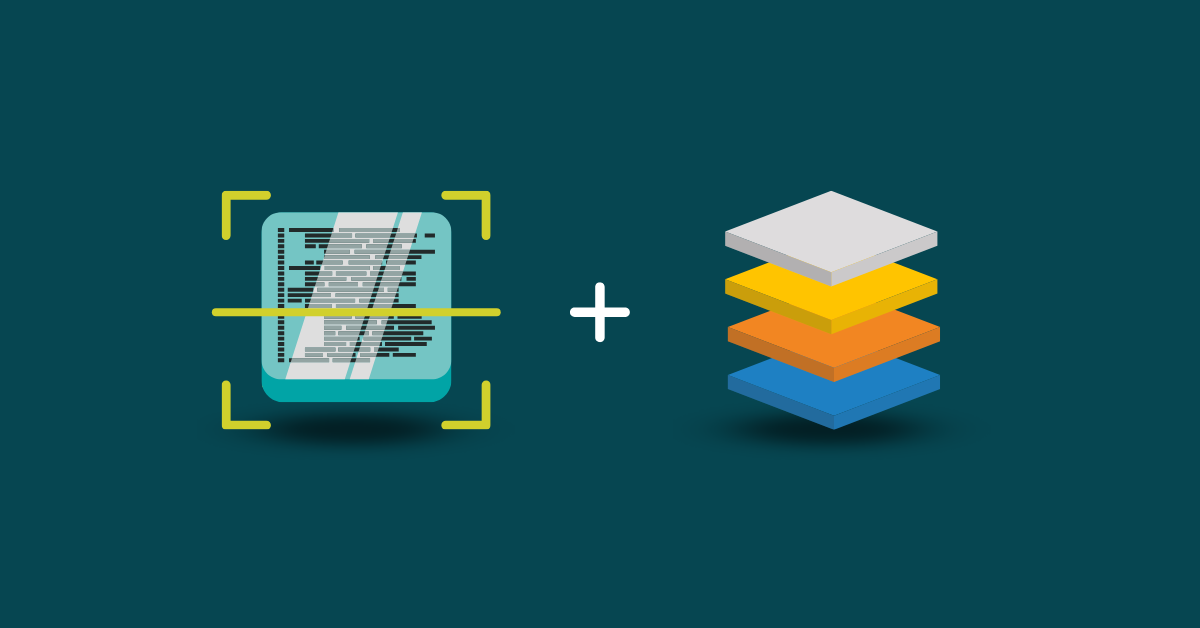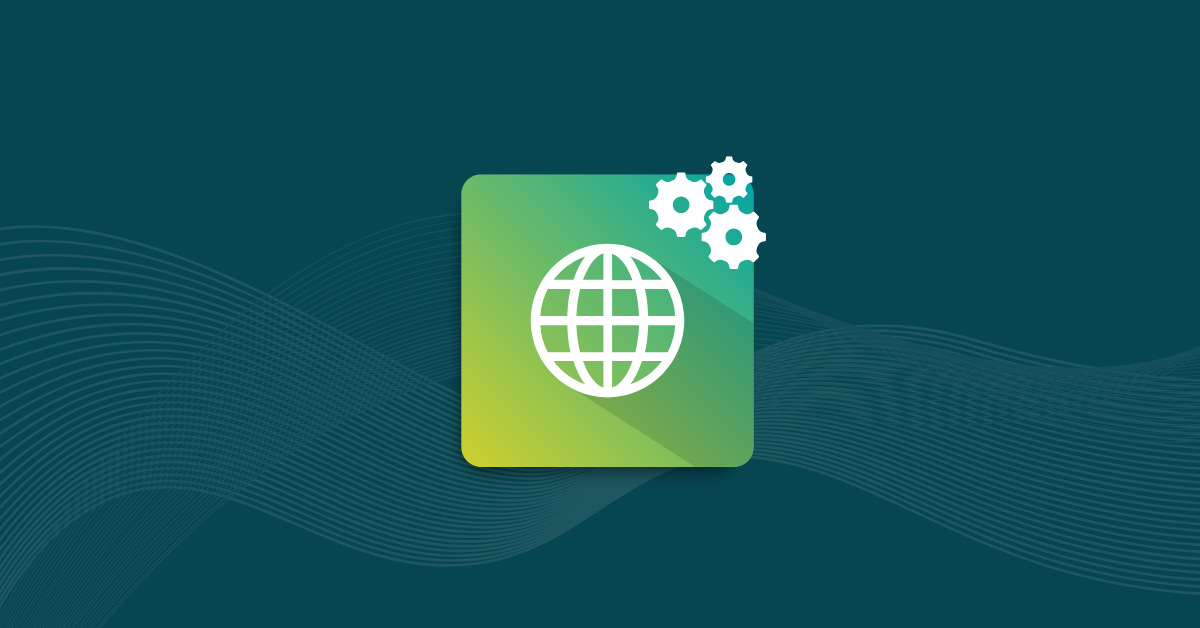

Cybersecurity attacks are escalating at an alarming rate due to our increasing reliance on digital applications and the proliferation of tools that allow malicious actors to attack at scale. In 2025, these threats will become even more prevalent with the release of open-source AI models like DeepSeek, built at a fraction of the cost of similar existing models, making sophisticated attack tools more accessible. The Change Healthcare ransomware attack illustrates the growing risks businesses face—in 2024, Change Healthcare was hit by a ransomware attack affecting approximately 190 million U.S. customers, marking the largest healthcare and medical data breach in U.S. history.
Almost all applications are built with open-source code components, making open-source software a particularly appealing attack vector for cybercriminals. Developers need a reliable solution and that’s where Software Composition Analysis (SCA) can help as an important security tool for organizations that use open-source and third-party components.
Software Composition Analysis examines your codebase, components, dependencies, and libraries to identify flaws or security risks. This practice allows you to find and remediate vulnerabilities before attackers can exploit them.
SCA is particularly important in trends such as AI-driven development and cloud-native applications. It complements DevOps pipelines and aligns with other software supply chain initiatives and standards, such as creating an updated Software Bill of Materials (SBOM). Since the software supply chain involves all the people, processes, and components involved in developing and distributing software, SCA plays a pivotal role in identifying vulnerabilities within this ecosystem.
The software supply chain includes all aspects of software application development and distribution. A point of failure at any node in the supply chain can lead to a security breach.
With the growth in connected and smart devices in software applications and the increase in third-party Software-as-a-Service (SaaS) subscriptions, supply chain vulnerabilities are a global cybersecurity concern. In the SolarWinds supply chain attack, hackers exploited third-party software to compromise thousands of corporate and government servers.
In response to these vulnerabilities, the International Organization for Standardization recommends comprehensive supply chain security measures that include using SCA tools to identify and mitigate vulnerabilities in your applications. These tools help your development team uncover flaws in your codebase they may otherwise be unaware of, helping you avoid falling victim to surprise attacks.
Most businesses use open-source software because it’s fast, convenient, and speeds up the software development lifecycle. However, it also poses several significant risks you must address to maximize its value and minimize threats.
Open-source software is generally free, but you must agree to its licensing terms. Permissive licenses such as Apache, MIT, and BSD allow you to use the software with few or no restrictions. Copyleft licenses, such as the GNU General Public License (GPL), require you to use the same type of license with any software you create—effectively eliminating the possibility of developing proprietary software. Because large codebases often contain open-source code from multiple sources, they can have different and even conflicting licenses, which can compromise your intellectual property and lead to significant fines.
Hidden vulnerabilities in open-source libraries, frameworks, or other components can give hackers access to your entire system. Because open-source software doesn’t have a central authority for security, it’s not always updated as often as it should be.
Additionally, if you aren’t aware you have a particular component in your codebase, you won’t know to patch a security issue even if it’s updated. For example, Russian hackers exploited a vulnerability in MOVEit Transfer, a file transfer program, affecting over 1,000 organizations and 60 million people.
Given its convenience, speed, and cost-reduction benefits, abandoning open-source software isn’t practical. Instead, organizations should focus on expanding security measures to make the entire software supply chain more resilient through tools like SCA.
Kiuwan Insights (SCA) provides a complete picture of your application codebase security using the following framework:
While SCA helps manage open-source risks, combining it with Static Application Security Testing (SAST) offers a more comprehensive approach to code security. SCA identifies vulnerabilities in third-party and open-source components, while SAST focuses on detecting flaws in your proprietary code. Together, they form a multi-layered security strategy.
Kiuwan seamlessly integrates SCA and SAST into your development pipeline, providing real-time insights, continuous scanning, and actionable remediation strategies. This combined approach allows teams to address vulnerabilities early and comprehensively, reducing risk and enhancing application security.
The pace of digital development is accelerating, and with it, the complexity of managing open-source components and software supply chain vulnerabilities. Developers need robust tools like SCA to identify and manage open-source risks and SAST to detect vulnerabilities in code. Are you ready to see how Kiuwan can elevate your application security? Request a free demo and learn how Kiuwan can help secure your open-source components.


